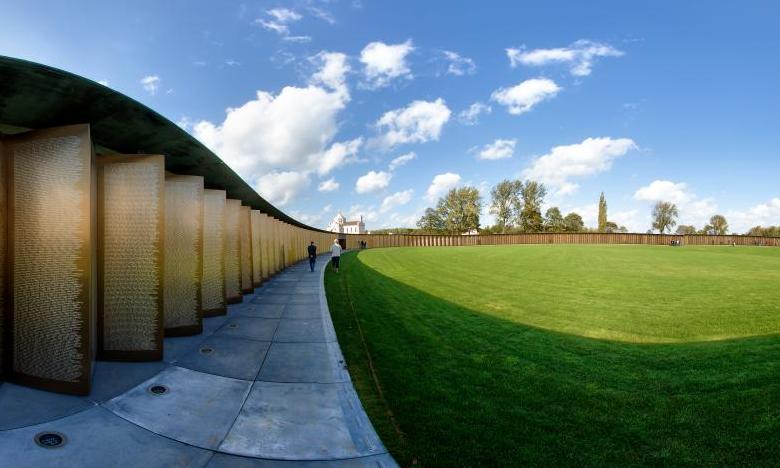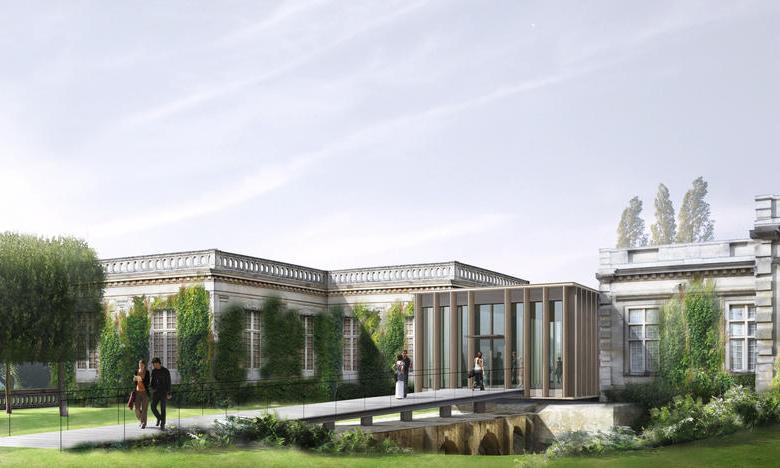From August 1914 to November 1918, France was the blood-spattered stage for the Great War, better known today as the First World War, the most violent and deadly conflict that history had ever known. Over the course of five years, a Western Front, a line of trenches stretching approximately 600 miles across northern France, witnessed battles by the dozens and deaths in the millions. Today, 100 years later, the First World War Centenary Mission (www.centenaire.org/en) has organized a series of cultural events (www.us.res.rendezvousenfrance.com/press/BOF/WWICentenialPresskit.pdf) to commemorate the war of 1914-1918, including exhibitions, audiovisual productions, publications and educational activities. Around 2,000 events throughout France have been awarded the "Centenary" label, forming the country's official Centenary program. Chief among the established World War I tourism sites are the 14 places of remembrance: in the Paris Region, the Museum of the Great War; in Northern France, the Vimy Ridge National Historic Site of Canada, the Fromelles Australian Memorial Park and Fromelles Museum, and the French National War Cemetery at Notre-Dame-de-Lorette; in the Somme, the Beaumont-Hamel Newfoundland Memorial and Visitor Center, and the Thiepval Franco-British Memorial and Visitor Centre; in Aisne, the Dragon’s Cave/Chemin des Dames Museum, and the Belleau Wood and Cemetery; in Champagne-Ardennes, the Pompelle Fortress and the Memorial of Dormans; in Meuse, the Vauquois Hill and the Douaumont Ossuary on the battlefield of Verdun; and along the Vosges Front, the Hartmannswillerkopf Memorial and the Fontenelle Cemetery. In several of these locations, as well as many others, major events will allow visitors to learn about the war from many perspectives. Of particular importance in 2016 are the centennials of the Battle of Verdun (February 21), the Battle of the Somme (July 1), the Battle of Delville Wood (July 15), the Battle of Pozières (July 23) and the Battle of Flers-Courcelette (September 15). (The 100th anniversary of the U.S. entrance into World War I in France is not until 2017.) On the days of remembrance, as well as before and after, exhibits, landmark illuminations, sound-and-light shows – including, in summer near Verdun, Europe's largest on the theme of World War I – concerts, plays, book fairs, multi-faith celebrations, running races and walking events (single and multi-day), historic reenactments and memorial ceremonies will fill the calendar. Three new points of interest will also be inaugurated in 2016. At the Verdun Memorial (http://www.memorialdeverdun.fr), a large new museum with an extensive collection has been built on the battlefield site and will be opened to the public in February. In April, the refurbishment of the Franco-Australian Museum (http://www.museeaustralien.com) in Villers-Bretonneux will round out one part of the Australian Remembrance Trail project. In June, the expanded and redeveloped Thiepval Visitor Centre, part of the Museum of the Great War (http://www.historial.org) in Péronne, will reopen its doors and bring to life the battles of the Somme. The fall of 2016 will additionally see the reopening of the Franco-American Museum (www.museefrancoamericain.fr/) of the Château de Blérancourt, the only French-American museum in the world, founded by Anne Morgan, a daughter of the well-known financier J.P. Morgan. The Museum has undergone an ambitious expansion that includes sumptuous hardens, a new wing and reorganization of its comprehensive collection of art and documents to serve educational purposes too.
The World War One Centennial Program Continues in France in 2016
Documents



